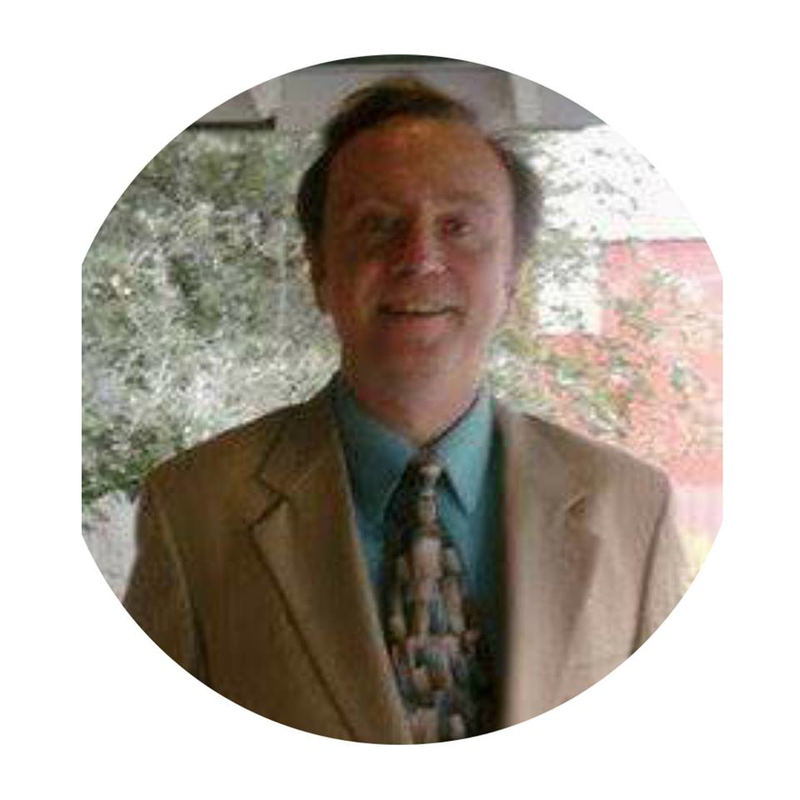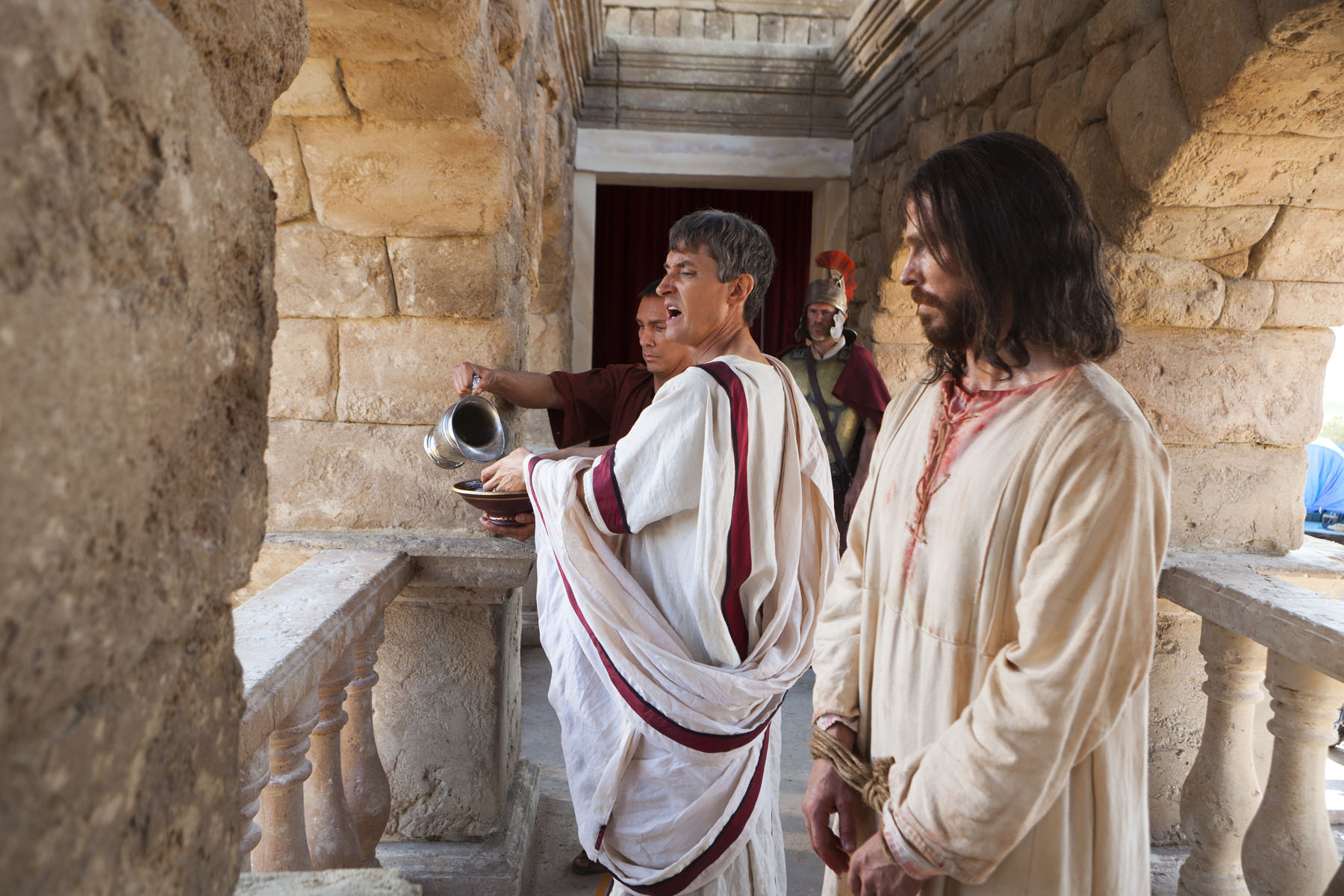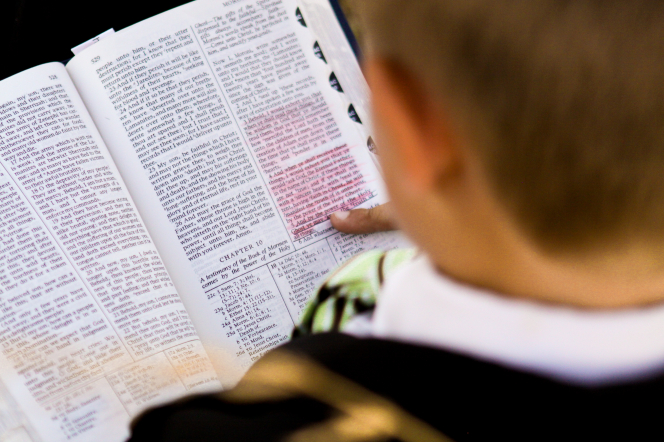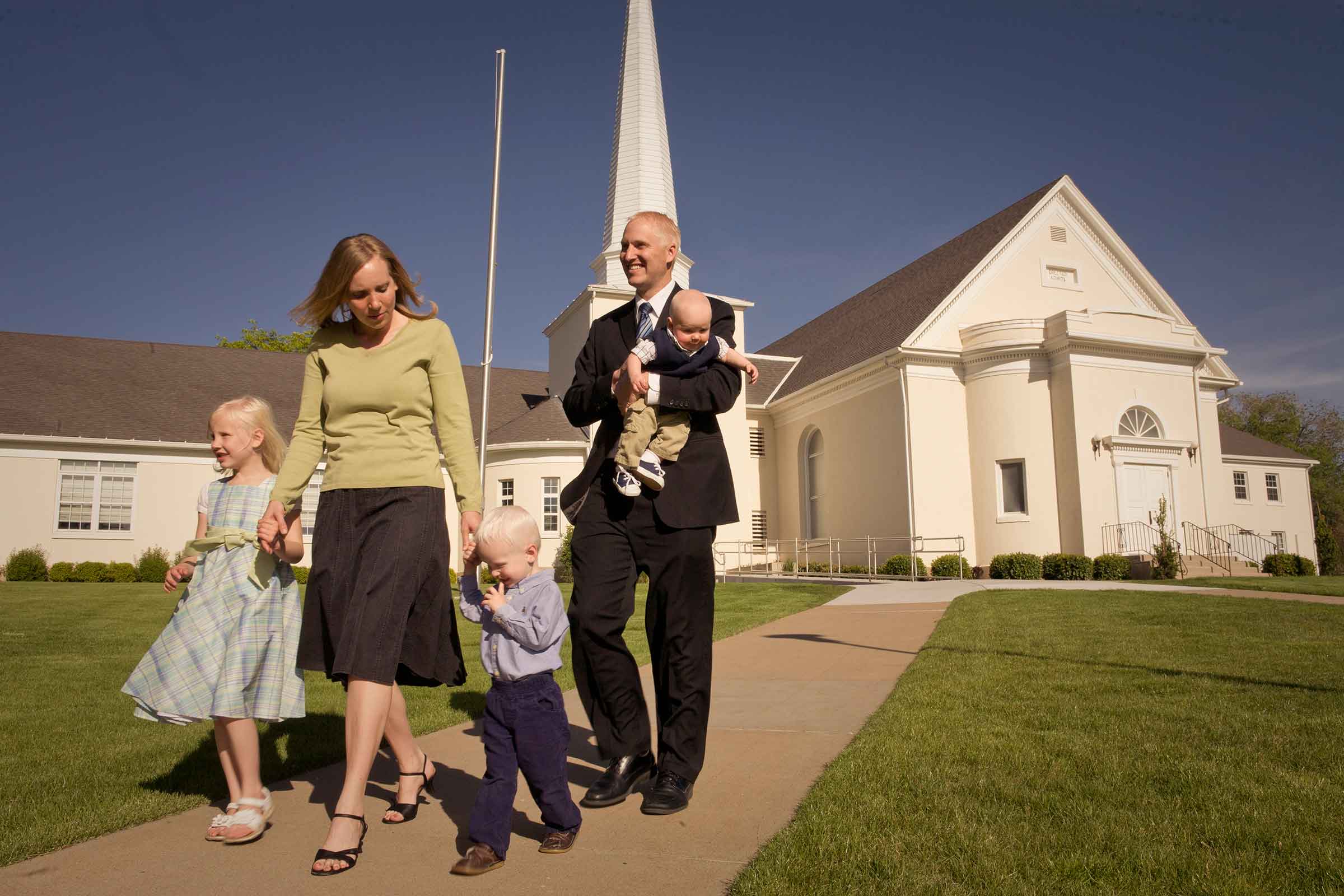Published: Saturday, May 14 2016; 7:51 a.m. DMT
United States of America
Why did God prohibited the Black people to have the Priesthood? Which Black People among all the People did they Described ?Amie, Manila Philippines
AnswerHello Amie,
Please know that our Heavenly Father never forbade His children who are of African descent from having any of His blessings! As our Church has said, there were misunderstandings in the past, but through prayer and seeking guidance from Him, our Prophets and Apostles were able to understand His will more perfectly.
All of our Brothers and Sisters, from all lands and of all ancestries are welcome in the Church of Jesus Christ of Latter-day Saints!
We would also like to share the Official Church Statement:
The Church was established in 1830, during an era of great racial division in the United States. At the time, many people of African descent lived in slavery, and racial distinctions and prejudice were not just common but customary among white Americans. Those realities, though unfamiliar and disturbing today, influenced all aspects of people’s lives, including their religion. Many Christian churches of that era, for instance, were segregated along racial lines. From the beginnings of the Church, people of every race and ethnicity could be baptized and received as members. Toward the end of his life, Church founder Joseph Smith openly opposed slavery. There has never been a Churchwide policy of segregated congregations 1.
During the first two decades of the Church’s existence, a few black men were ordained to the priesthood. One of these men, Elijah Abel, also participated in temple ceremonies in Kirtland, Ohio, and was later baptized as proxy for deceased relatives in Nauvoo, Illinois. There is no reliable evidence that any black men were denied the priesthood during Joseph Smith’s lifetime. In a private Church council three years after Joseph Smith’s death, Brigham Young praised Q. Walker Lewis, a black man who had been ordained to the priesthood, saying, “We have one of the best Elders, an African.”2
In 1852, President Brigham Young publicly announced that men of black African descent could no longer be ordained to the priesthood, though thereafter blacks continued to join the Church through baptismand receiving the gift of the Holy Ghost. Following the death of Brigham Young, subsequent Church presidents restricted blacks from receiving the temple endowment or being married in the temple. Over time, Church leaders and members advanced many theories to explain the priesthood and temple restrictions. None of these explanations is accepted today as the official doctrine of the Church.
The Church of Jesus Christ of Latter-day Saints was restored amidst a highly contentious racial culture in which whites were afforded great privilege. In 1790, the U.S. Congress limited citizenship to “free white person[s].”3 Over the next half century, issues of race divided the country—while slave labor was legal in the more agrarian South, it was eventually banned in the more urbanized North. Even so, racial discrimination was widespread in the North as well as the South, and many states implemented laws banning interracial marriage.4 In 1857, the U.S. Supreme Court declared that blacks possessed “no rights which the white man was bound to respect.”5 A generation after the Civil War (1861–65) led to the end of slavery in the United States, the U.S. Supreme Court ruled that “separate but equal” facilities for blacks and whites were constitutional, a decision that legalized a host of public color barriers until the Court reversed itself in 1954.6 Not until 1967 did the Court strike down laws forbidding interracial marriage.
In 1850, the U.S. Congress created Utah Territory, and the U.S. president appointed Brigham Young to the position of territorial governor. Southerners who had converted to the Church and migrated to Utah with their slaves raised the question of slavery’s legal status in the territory. In two speeches delivered before the Utah territorial legislature in January and February 1852, Brigham Young announced a policy restricting men of black African descent from priesthood ordination. At the same time, President Young said that at some future day, black Church members would “have [all] the privilege and more” enjoyed by other members.7
The justifications for this restriction echoed the widespread ideas about racial inferiority that had been used to argue for the legalization of black “servitude” in the Territory of Utah.8 According to one view, which had been promulgated in the United States from at least the 1730s, blacks descended from the same lineage as the biblical Cain, who slew his brother Abel.9 Those who accepted this view believed that God’s “curse” on Cain was the mark of a dark skin. Black servitude was sometimes viewed as a second curse placed upon Noah’s grandson Canaan as a result of Ham’s indiscretion toward his father.10 Although slavery was not a significant factor in Utah’s economy and was soon abolished, the restriction on priesthood ordinations remained.
Removing the Restriction
Even after 1852, at least two black Mormons continued to hold the priesthood. When one of these men, Elijah Abel, petitioned to receive his temple endowment in 1879, his request was denied. Jane Manning James, a faithful black member who crossed the plains and lived in Salt Lake City until her death in 1908, similarly asked to enter the temple; she was allowed to perform baptisms for the dead for her ancestors but was not allowed to participate in other ordinances.11 The curse of Cain was often put forward as justification for the priesthood and temple restrictions. Around the turn of the century, another explanation gained currency: blacks were said to have been less than fully valiant in the premortal battle against Lucifer and, as a consequence, were restricted from priesthood and temple blessings.12This “revelation on the priesthood,” as it is commonly known in the Church, was a landmark revelation and a historic event. Those who were present at the time described it in reverent terms. Gordon B. Hinckley, then a member of the Quorum of the Twelve, remembered it this way: “There was a hallowed and sanctified atmosphere in the room. For me, it felt as if a conduit opened between the heavenly throne and the kneeling, pleading prophet of God who was joined by his Brethren. … Every man in that circle, by the power of the Holy Ghost, knew the same thing. … Not one of us who was present on that occasion was ever quite the same after that. Nor has the Church been quite the same.”13
References:
- At some periods of time, reflecting local customs and laws, there were instances of segregated congregations in areas such as South Africa and the U.S. South.
- Historian’s Office General Church Minutes, Mar. 26, 1847, Church History Library, Salt Lake City, spelling and punctuation modernized.
- “An Act to Establish an Uniform Rule of Naturalization,” 1st Congress, 2nd Sess., Chap. 3 (1790).
- Elise Lemire, “Miscegenation”: Making Race in America (Philadelphia: University of Pennsylvania Press, 2002); Peggy Pascoe, What Comes Naturally: Miscegenation Law and the Making of Race in America (New York: Oxford University Press, 2009). Utah outlawed miscegenation between 1888 and 1963. See Patrick Mason, “The Prohibition of Interracial Marriage in Utah, 1888–1963,” Utah Historical Quarterly 76, no. 2 (Spring 2008): 108–131.
- Don E. Fehrenbacher, The Dred Scott Case: Its Significance in American Law and Politics (New York: Oxford University Press, 1978), 347.
- Plessy v. Ferguson, 163 U.S. 537 (1896); Brown v. Board of Education, 347 U.S. 483 (1954); Loving v. Virginia, 388 U.S. 1 (1967).
- In 1850, the U.S. Congress created Utah Territory, and the U.S. president appointed Brigham Young to the position of territorial governor. Southerners who had converted to the Church and migrated to Utah with their slaves raised the question of slavery’s legal status in the territory. In two speeches delivered before the Utah territorial legislature in January and February 1852, Brigham Young announced a policy restricting men of black African descent from priesthood ordination. At the same time, President Young said that at some future day, black Church members would “have [all] the privilege and more” enjoyed by other members.
- In the same session of the territorial legislature in which Brigham Young announced the priesthood ordination policy, the territorial legislature legalized black “servitude.” Brigham Young and the legislators perceived “servitude” to be a more humane alternative to slavery. Christopher B. Rich Jr., “The True Policy for Utah: Servitude, Slavery, and ‘An Act in Relation to Service,’” Utah Historical Quarterly80, no.1 (Winter 2012): 54–74.
- David M. Goldenberg, The Curse of Ham: Race and Slavery in Early Judaism, Christianity, and Islam (Princeton: Princeton University Press, 2003), 178–182, 360n20; Colin Kidd, The Forging of Races: Race and Scripture in the Protestant Atlantic World, 1600–2000 (Cambridge: Cambridge University Press, 2006).
- Stephen R. Haynes, Noah’s Curse: The Biblical Justification of American Slavery (New York: Oxford University Press, 2002).
- Margaret Blair Young, “‘The Lord’s Blessing Was with Us’: Jane Elizabeth Manning James, 1822–1908,” in Richard E. Turley Jr. and Brittany A. Chapman, eds., Women of Faith in the Latter Days, Volume Two, 1821–1845 (Salt Lake City: Deseret Book, 2012), 120–135.
- Apostle Joseph Fielding Smith, for example, wrote in 1907 that the belief was “quite general” among Mormons that “the Negro race has been cursed for taking a neutral position in that great contest.” Yet this belief, he admitted, “is not the official position of the Church, [and is] merely the opinion of men.” Joseph Fielding Smith to Alfred M. Nelson, Jan. 31, 1907, Church History Library, Salt Lake City.
- Gordon B. Hinckley, “Priesthood Restoration,” Ensign, Oct. 1988, 70, available at ensign.lds.org. The impressions of others who were in the room have been compiled in Kimball, “Spencer W. Kimball and the Revelation on Priesthood,” 54–59.
- Reaction worldwide was overwhelmingly positive among Church members of all races. Many Latter-day Saints wept for joy at the news. Some reported feeling a collective weight lifted from their shoulders. The Church began priesthood ordinations for men of African descent immediately, and black men and women entered temples throughout the world. Soon after the revelation, Elder Bruce R. McConkie, an apostle, spoke of new “light and knowledge” that had erased previously “limited understanding.”
- Bruce R. McConkie, “All Are Alike unto God” (CES Religious Educator’s Symposium, Aug. 18, 1978); available at speeches.byu.edu.
Dean WestDean West runs the Liahona Mission, a non-profit that operates two sober living homes with an eye to aiding them not only in sobriety, but learning of our Church. He’s a fairly recent convert from 2012, and credits door knocking missionaries with his conversion! He holds the position of Family History Consultant and has a Stake calling pertaining to prison ministries
|
Latest posts by Dean West, Moroni Channel Response Team (see all)
- Makati 3rd Ward YSAs Set Sail for Connection and Healing - April 7, 2025
- SpaceX’s Starship Achieves Historic Launch and Return in Major Step Toward Mars Exploration - October 16, 2024
- Tabernacle Choir wowed Philippine Senate following invitation from Senate President Zubiri - February 28, 2024
- Tabernacle Choir to Perform for the Philippine Senate - February 28, 2024







